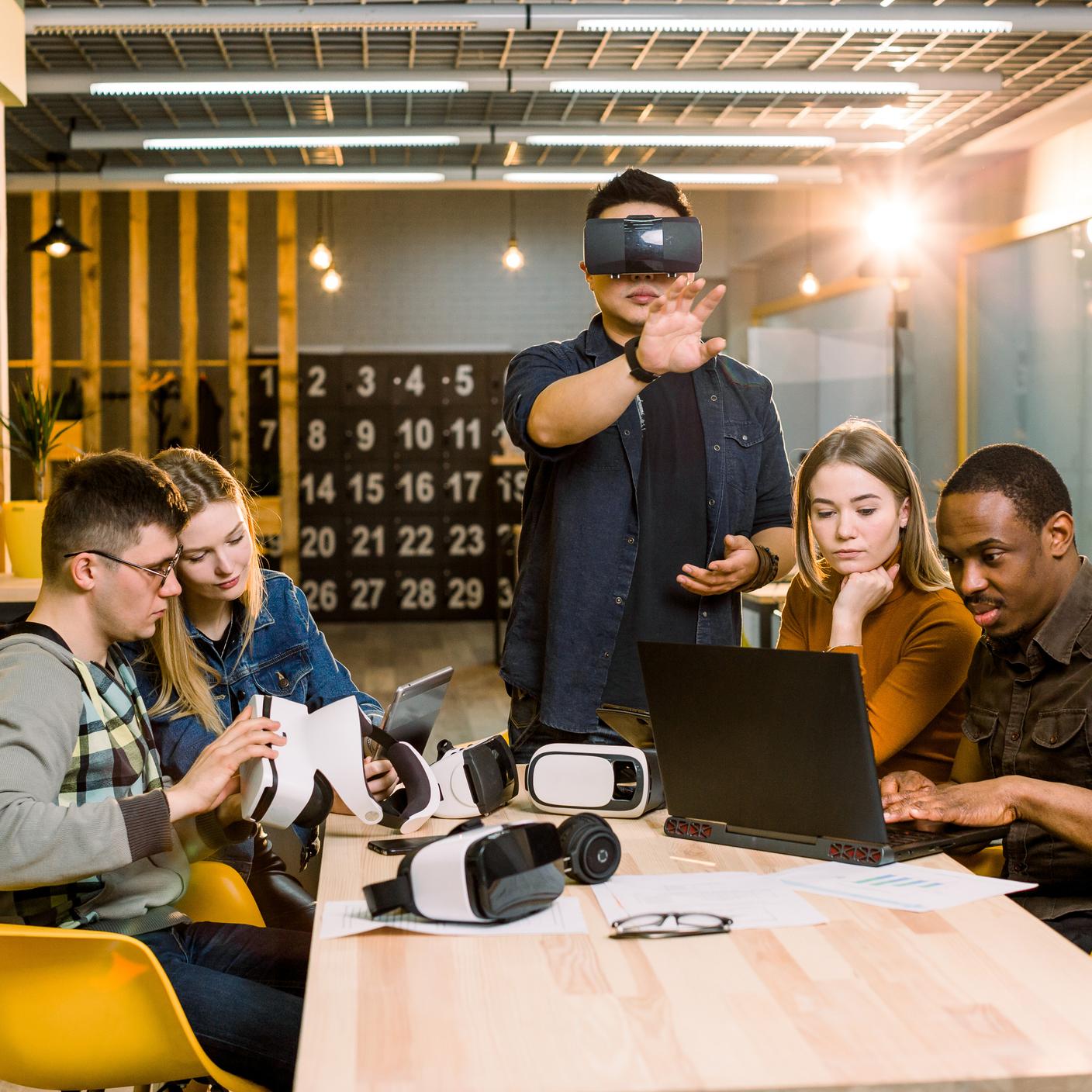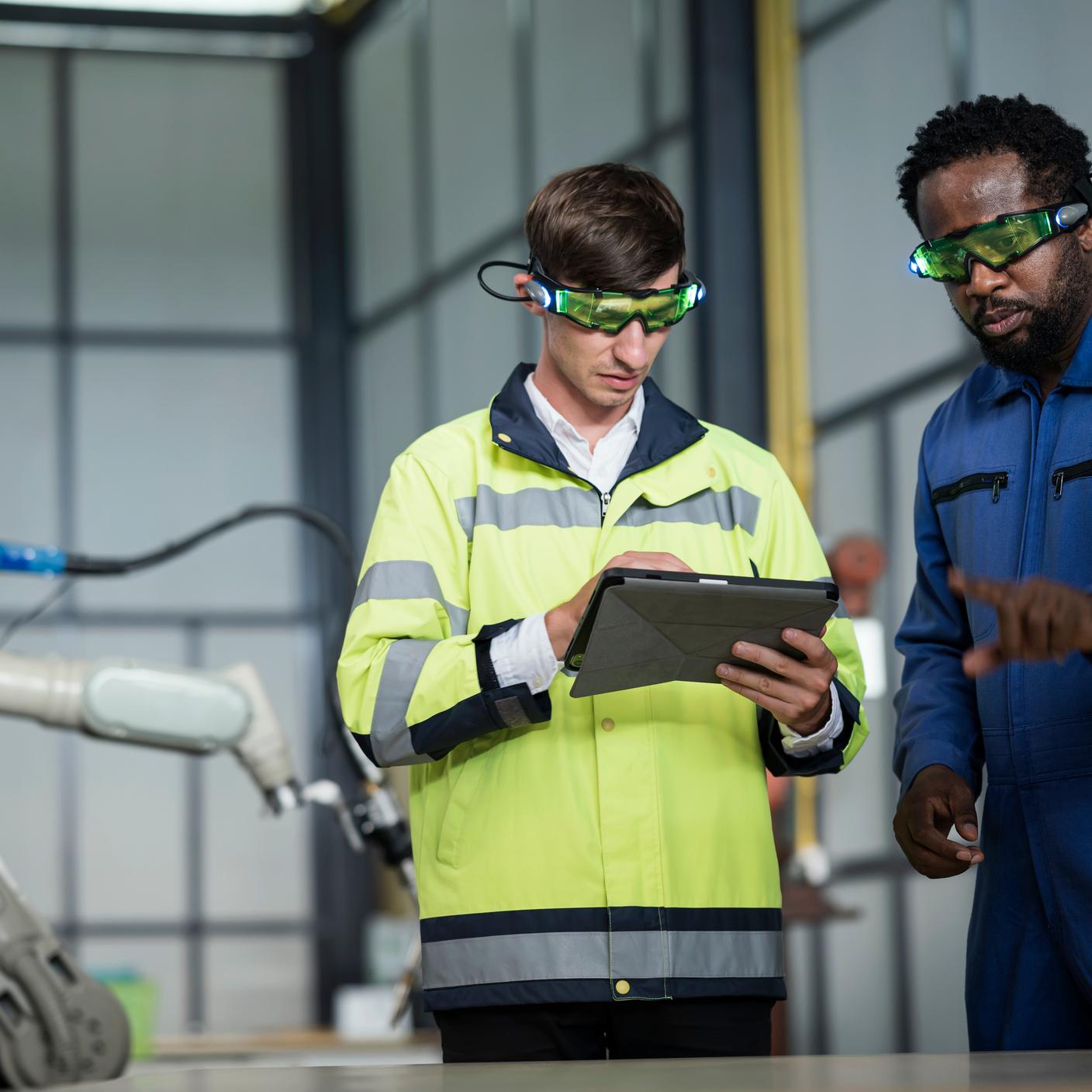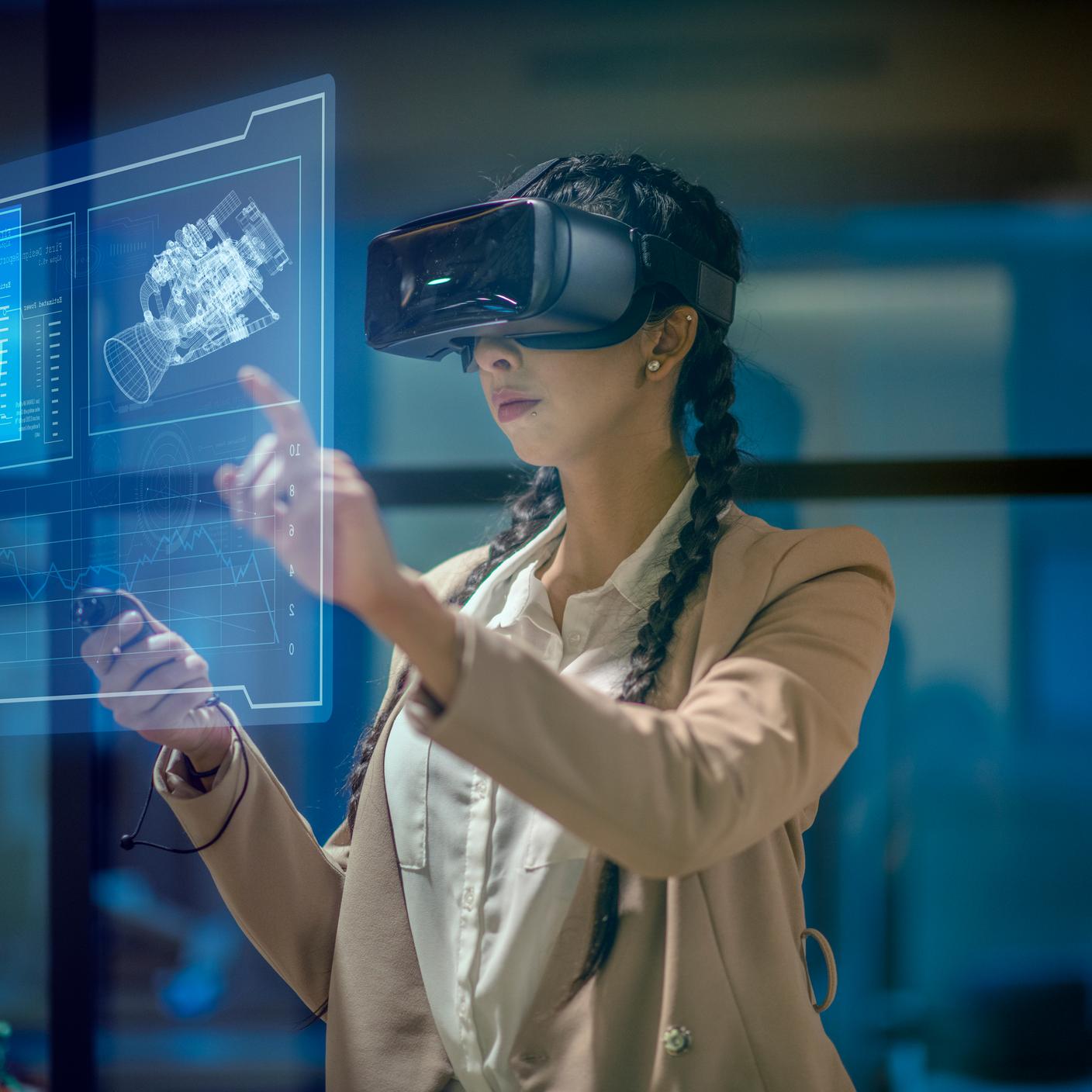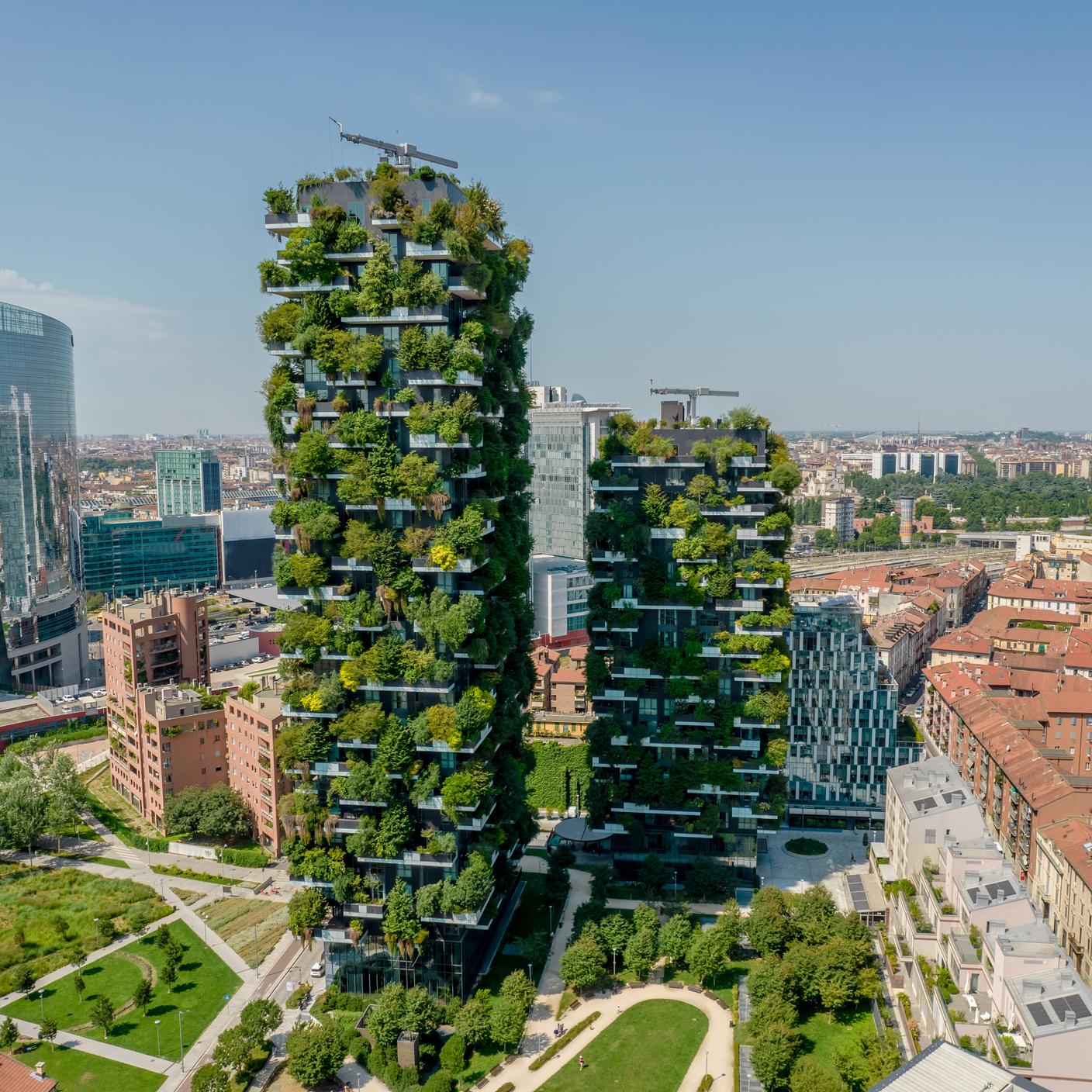Immersive technologies hold the promise of bridging the divide between our physical and digital realms.
They offer the potential for a future in which our physical and digital realities seamlessly intertwine, unlocking new opportunities to revolutionize various industries, enhance our understanding of the world and enrich our daily lives.
Some of the ground-breaking innovations in this field include the Metaverse, drone technology, and the development of digital twins through the utilization of Light Detection and Ranging (LiDAR) technology.
Let’s take a closer look at these advancements.
The Metaverse
The Metaverse is a network of 3D virtual worlds that use virtual reality (VR), augmented reality (AR) headsets and 3D modelling technologies to merge the physical with the virtual.
With fewer physical restrictions, this virtually- designed environment could lead to more imaginative economic and social collaboration.
For instance, VR technology facilitates hands-on training for individuals dealing with unfamiliar, hazardous, and technically demanding tasks, such as field technicians or emergency services personnel. This approach offers advantages that traditional 2D or 3D plans have not been able to provide.
Digital twins, drones, and LiDAR
Advances in cyber-physical technologies have resulted in the emergence of digital twins, a digital representation of an intended or actual real-world resource.
These virtual models provide layered data about buildings, infrastructure, utilities and the movement patterns of people and vehicles.
The technology can deliver better outcomes by enabling better insight and decision-making across the planning, delivery and management of an asset.
Information and imagery gathered by drones using LiDAR – a remote sensing method that uses a pulsed laser to measure ranges – can aid in the creation of digital twins by capturing mass 3D data.
Using this information, digital twins can enable smart development and modernization for all manner of projects.
For example, gaining insight into an urban population's essential service needs – including electricity grids, highways, public transport and communications – can improve the well-being of residents. This can be achieved by fostering carbon efficiency, safety and inclusivity in cities through initiatives like green transportation and smart energy systems.
Rahul Shah, BSI's Sector Development Director for the Built Environment in EMEA, says: “Digital twins in the built environment can deliver better societal, environmental and economic outcomes by enabling better insights and decisions across planning, delivery and whole-life asset management.”
Unlock new possibilities in immersive technologies and innovation
Our approach paves the way for organizations like yours to seamlessly implement immersive technologies by adhering to established principles and benchmarks. Say goodbye to reinventing solutions for common challenges.
Consider our guidance on digital twins within the built environment (BSI Flex 260). With our expertise, you'll gain a shared vocabulary that aligns with stakeholder expectations, smoothing the exchange of information between digital twins.
We firmly believe that collaboration fuels innovation and shapes the future. We invite you to join us in shaping this exciting sphere and harnessing the potential of immersive technologies.






